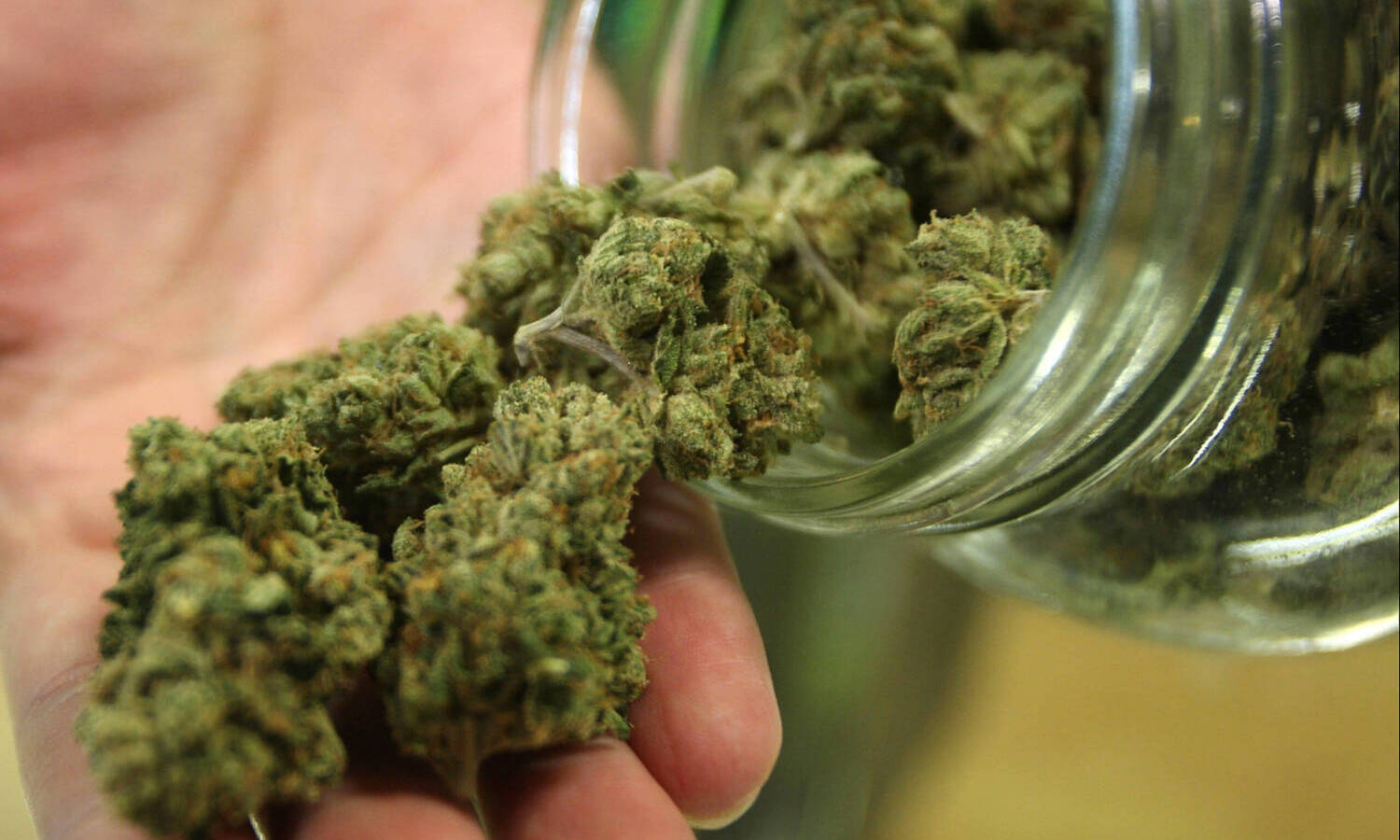
It’s hard to put into words how far along the fight to end marijuana prohibition has come. It’s fair to assume that much of that progress wouldn’t have been possible without the passage of California’s Prop 215 back in November 1996.
The passage of Prop 215 made it possible for Californians to purchase, possess and use marijuana for a select handful of conditions like cancer, glaucoma, arthritis, HIV and AIDS. Ever since the law passed, medical marijuana has steadily changed the way many Americans view cannabis.
Here are a few key ways the nation’s outlook on cannabis has changed over the course of the last quarter-century.

By Exposing Skeptics to the Healing Properties of Cannabis
Since medical marijuana was relatively unfamiliar to most Americans, the concept needed to be put to the test before earning the trust of most people. The passage of Prop 215 allowed people to receive a firsthand look at the way medical marijuana could improve people’s lives.
Seeing the way medical marijuana helped patients suffering from numerous conditions not only made an impact on the general public, but on the medical community as well since research about the therapeutic effects of medical marijuana were still largely a mystery within the profession.
RELATED: 5 Medical Conditions You Didn’t Know Cannabis Helped Treat
The results from medical marijuana patients in California provided enough evidence for other states to introduce medical marijuana programs of their own. Nowadays, medical marijuana is legal in 36 states across the country.
By Opening the Door for Further Cannabis Research That Dispelled Common Cannabis-Related Myths
Another reason why the passage of Prop 215 is partially responsible for changing American’s outlook on cannabis is because of how instrumental it was in breaking age-old myths about marijuana. Prior to the passage of Prop 215, research on the therapeutic effects of medical marijuana was almost nonexistent.
RELATED: 3 Marijuana Myths That Need To Be Debunked Immediately
According to the marijuana policy project, efforts to study the medicinal effects of cannabis were largely prohibited by the DEA. Even though circumstances involving medical marijuana research have improved since the passage of Prop 215, there’s still more work that needs to be done in order for scientists to fully understand the potential of marijuana’s therapeutic benefits.
Medical Marijuana Helped Warm Americans Up to the Idea of Recreational Marijuana Use and Sale
There are numerous components that have factored into the changing attitudes of marijuana, but the passage of Prop 215 was the catalyst. For example, attitudes rapidly began to change towards marijuana once the law passed. In the year 2000, the number of Americans who were in favor of legalizing recreational cannabis was just 34%. Now, that number has more than doubled to 86%.

Besides the fact that Prop 215 allowed Americans to see firsthand that cannabis could be effective for treating medical ailments, the introduction of medical marijuana showed that there’s no reason people shouldn’t be able to walk into a storefront and purchase cannabis just like any other product.
Although the War on Drugs isn’t over, the passage of Prop 215 in California signaled that it probably wouldn’t last long. Now that more than half of the U.S. has permitted legalized medical marijuana, it’s clear to see the ripple effects that the law has had.
This makes it a little easier to have some optimism that 25 years after the passage of Prop 215, the end of the drug war could be closer than we think.



